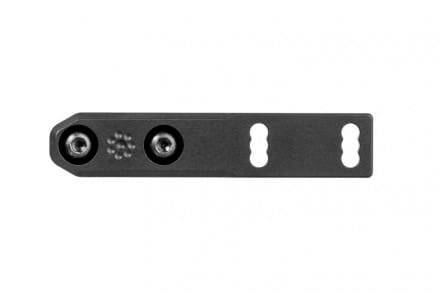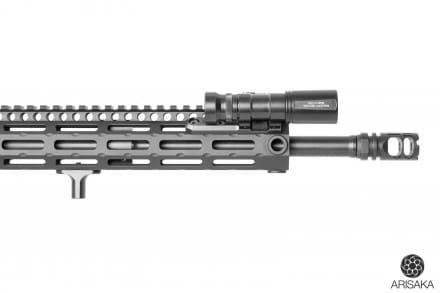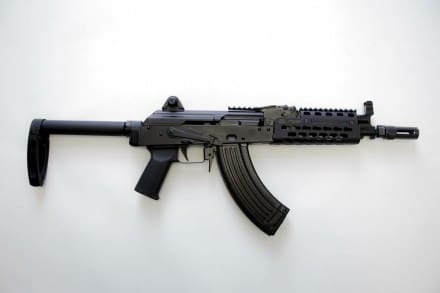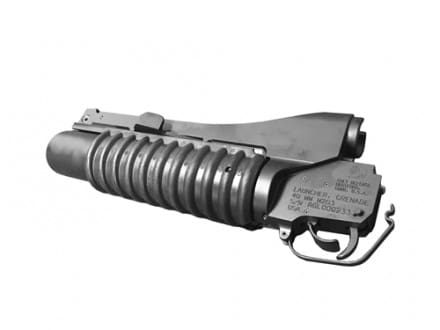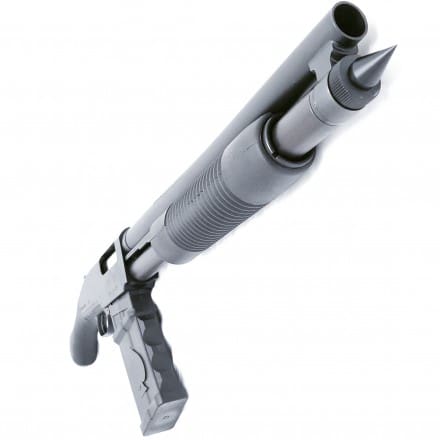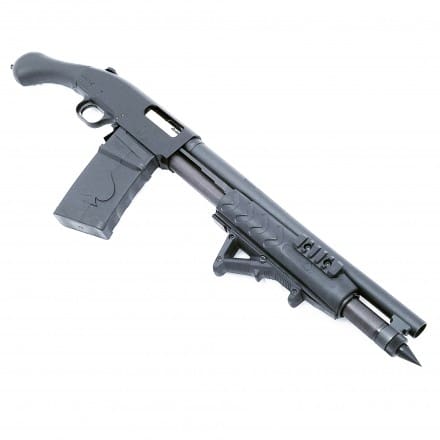MARINE CORPS BASE QUANTICO, Va. — The Marine Corps is equipping Marines with a new weapon, providing enhanced concealed carry capabilities at an accelerated rate and lower cost to the Corps.

Individual Weapons project officer Gunnery Sgt. Brian Nelson prepares to draw the M007 concealed carry weapon. The M007 offers enhanced concealed carry capabilities, which includes a smaller frame, ambidextrous slide stop lever and flared magazine well. Marine Corps Systems Command recently fielded the M007 to Marine and civilian CID agents and members of Helicopter Squadron One. (U.S. Marine Corps photo by Jennifer Napier)
The Glock 19M–called the M007 by the Corps–replaces the M9 service pistol for personnel requiring a weapon that can be easily concealed.
The Marine Corps requires that all accredited Marine Corps Criminal Investigators, both civilian and military, be armed with a concealable pistol when on duty in civilian attire. This concealed weapon capability ensures those performing official duties–such as law enforcement or security personnel–are not readily identified as being armed.
“The M007 has a smaller frame and is easier to conceal, making it a natural selection to meet the Marine Corps’ conceal carry weapon requirement,” said Gunnery Sgt. Brian Nelson, Individual Weapons project officer at Marine Corps Systems Command.
In coordination with the Federal Bureau of Investigation, which adopted the weapon in 2016, the Corps fielded the M007 earlier this year to Marines and civilians in the Marine Corps Criminal Investigation Division, as well as members of Helicopter Squadron One–also known as Marine One.
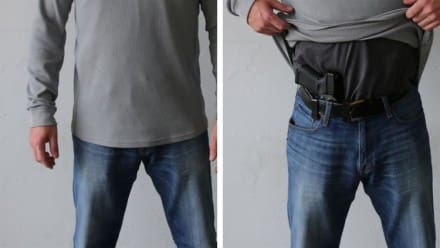
Marine Corps Systems Command is equipping Marine and civilian CID agents and members of Helicopter Squadron One with the M007. The M007 offers enhanced concealed carry capabilities, which includes a smaller frame, ambidextrous slide stop lever and flared magazine well. The weapon’s smaller frame makes it easier to conceal, as demonstrated in the photo. (U.S. Marine Corps graphic)
Aside from concealability, the M007 has several physical improvements over its predecessor. The grip lacks finger grooves but has a textured frame, improving the ergonomics of the weapon and providing a consistently comfortable grip with traction for a wider range of users. The ambidextrous slide stop allows for both right- and left-handed use. The magazine release of the M007 can also be changed and the magazine well is flared, making the system easier to reload, said Nelson.
Collaboration between the product team at MCSC and the FBI played a key role in the Corps’ ability to hasten the otherwise lengthy acquisition process.
“The fielding of the M007 is an example of how we can streamline the acquisition process by reviewing another service or agency’s test data to see if it fits the Marine Corps’ need,” said Lt. Col. Paul Gillikin, Infantry Weapons team lead at MCSC. “We received the initial request for a new concealed carry weapon system in April 2016. By collaborating with the FBI, we were able to procure, establish sustainability plans and start fielding the weapon to Marines by May 2017.”
Typically, the acquisition process of a new weapons system–from the time the requirement is received by MCSC to the time the system is fielded to the fleet–takes months, if not years, to complete. By leveraging thorough test data performed by the FBI, MCSC’s team reduced their own testing time. The team also carefully planned to ensure the M007 is fully supported, sustainable, and meets all logistics and safety requirements, enabling MCSC to meet and deliver the concealed carry weapons systems Marines need in a relatively quick turnaround time, said Gillikin.
Program Manager Infantry Weapons, which falls under MCSC’s Ground Combat Element Systems portfolio, manages the concealed carry weapons program for the Marine Corps.
By Ashley Calingo, MCSC Office of Public Affairs and Communication


